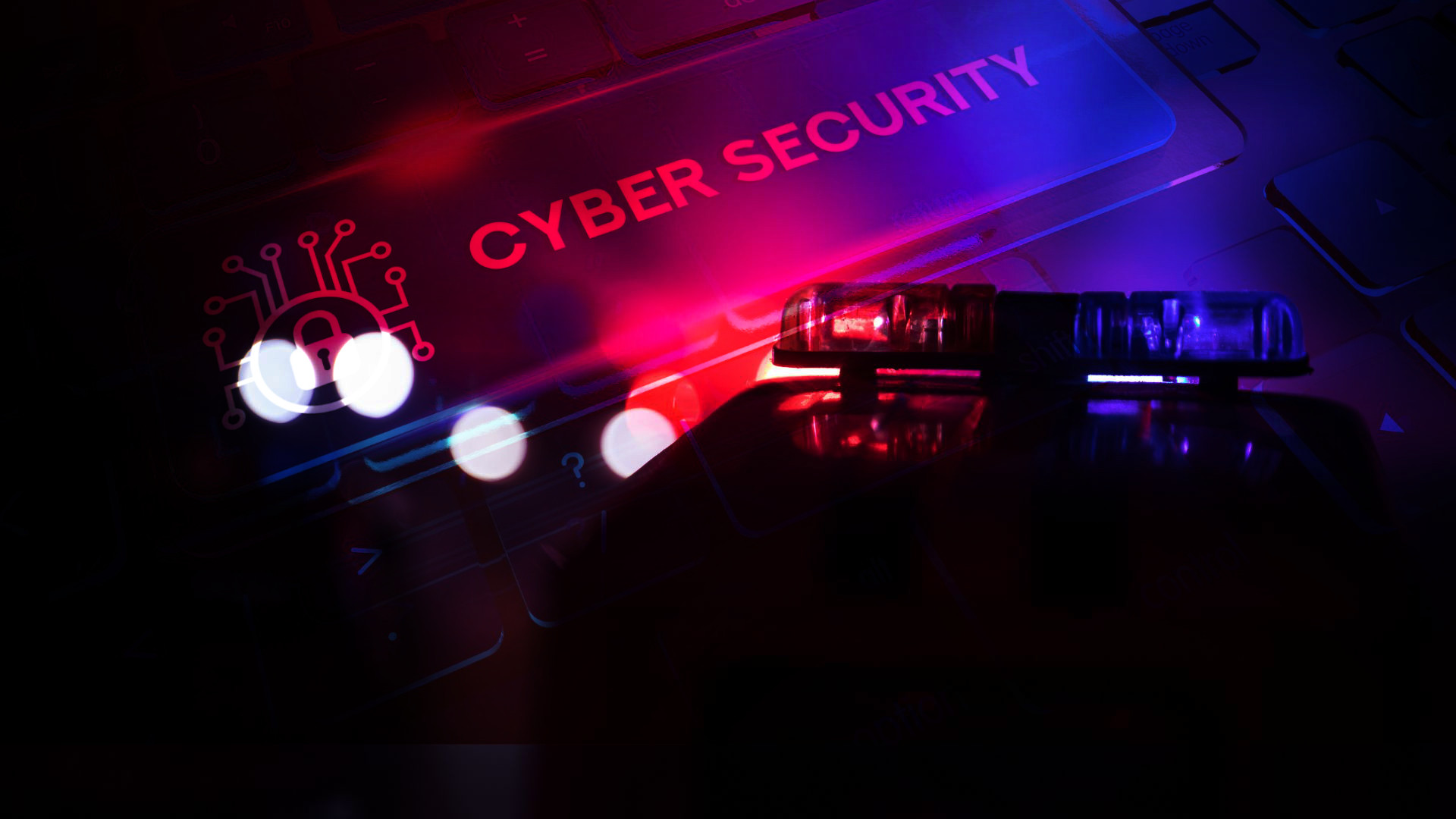Every 14 seconds, a new incident related to cybersecurity occurs. The widespread belief that only large corporations are the targets of hacking attacks couldn’t be further from the truth. Everyone, from large global organizations to small local businesses, might now be a potential target. Because there is no obvious pattern to the attacks, it is difficult to determine who the next victim will be. Every firm needs to have a Plan B in place in case there is a breach in their network security, and they must cope with the aftermath of a security incident.
The Importance of Having a Response Plan in Case of a Security Incident
When confronted with an online threat, having a prepared reaction in the event of a security issue will save you valuable time. The framework for the plan is already in place. You only need to put the plans into action, and there won’t be any need for guesswork or pointless delays that could cost you a lot of money.
Besides preventing more data loss or system damage, minimizing downtime, reducing financial losses, and helping to preserve your reputation among customers and clients, an incident response plan, also known as a data breach response plan, is one name for this type of strategy. Naturally, it also assists your company in regaining its footing as quickly as possible.
The Process of Developing an Emergency Action Plan
Developing a security incident response plan is time-consuming and must be in place before any potential security breach. It is not something that you can delay until the very last minute, even when there is an immediate threat. Therefore, we will outline the primary actions that need to be carried out.
1. Put together a team to deal with the security incident.
Choose knowledgeable people who can start acting immediately in the event of an emergency. Check to see that everyone is aware of the responsibilities they have. When required, seek support from outside sources.
2. Always make a copy of your data.
Data is often the target of breaches since the goal is typically to either steal the data, destroy it, or gain unauthorized access for harmful reasons. If something untoward occurs with your data, you should always have a safe backup to fall back on.
3. Keep a close eye on your system.
With vigilant monitoring, it will notify you of online hazards before they become more severe. Systems that manage security information and events, known as Security Information and Event Management (SIEM), as well as big data analytics, can provide timely detection to protect your system and limit damage.
4. Make plans for unforeseen circumstances.
When a security incident happens, these are the steps and procedures that need to be carried out. These would make up a significant portion of the incident response plan that your company has in place. In this section, you are required to provide all the procedures necessary to turn off the system, contain the damage, evaluate it, and alert customers of the situation.
5. Engage in some mock-up exercises.
The act of putting one’s plans and strategies into action differs significantly from simply preparing a response. You are required to not only train your staff on what to do in the event of a security breach but also to do regular simulations of such scenarios. This will hone their replies and teach them to approach the problem with composure, which will be beneficial when dealing with it.
6. Perform checks and updates regularly.
The dangers posed by cybersecurity are evolving. A foolproof method right now may be useless in a few short months. To maintain the usefulness and applicability of your security incident response plan, it is important to check it regularly and change variable parts such as contact details, processes, and technology as required.
Strengthen Your Defenses in the Face of Security Incident
It is critical to be ready to respond in any situation. This step is the tip of the iceberg for your cybersecurity plan. There are many additional ways to strengthen the defenses of your firm, such as by providing regular training to your personnel and raising their awareness about the significance of cybersecurity. You can also impose a stringent Bring Your Own Device (BYOD) policy, tighten the perimeter of your IT infrastructure, and restrict access to sensitive data.
Using privately held technology for professional purposes has given rise to several current security incident concerns. Implementing a detailed Bring Your Own Device (BYOD) policy that includes specific rules, restrictions, and consequences is one way to reduce the possibility of incidents like this. You do not know how to start from scratch when making a policy. We have a BYOD policy template you can download for free and then modify as needed for the requirements of your business. Call us now if you need additional help!


